Flamenco online courses
Choose the palo you want to learn, and enjoy with FlamencoMind regardless of your level. When you register with us you will have access to all the content of the courses. Once you have registered and paid in full, you will have exclusive access to all the content of the courses of the FlamencoMind community.
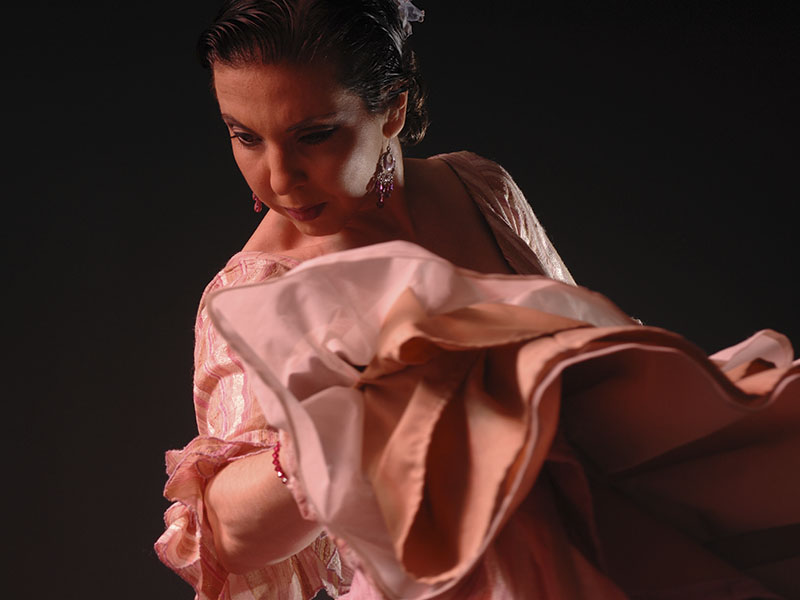
ALEGRÍAS
The Alegrías is a palo (rhythm) from the region of Cadiz. It is a twelve count compás like Soleá por Bulerías but a bit faster. It is happy dance that belongs to the family of Cantiñas.
Other palos that belong to that family are Romeras, Mirabrás and Caracoles among others
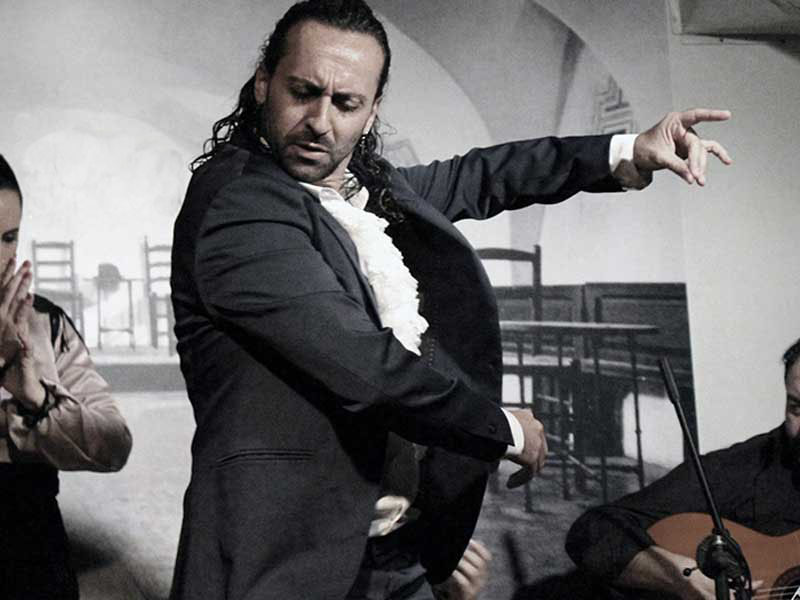
TANGOS
The rhythmic structure is 4/4. It is one of the basic palos of flamenco, developed in different regions of Spain. Notably Granada, Cadiz, Triana, Jerez and Malaga.

FANDANGOS
A form of folk singing that has originated from Huelva and that with time has become more flamenco. Fandangos plays a big role in the pilgrimages of “El Rocío”. It has many variations in its expression. In other provinces Fandangos has evolved in Malagueña, Granaína, Verdiales, etc
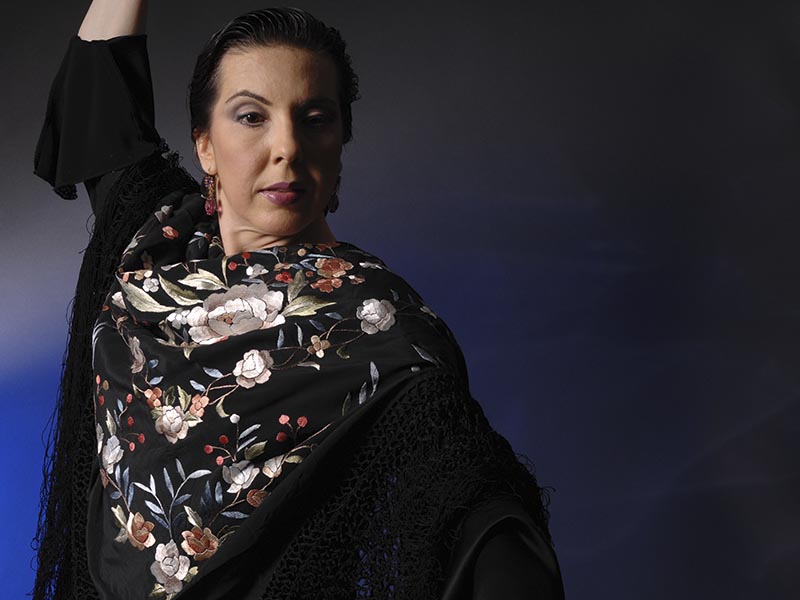
SEGUIRIYA
The seguiriya has evolved from the Toná primitiva and is one of the oldest palos.
Seguiriya is one of the most somber palo of flamenco with lyrics that reflects pain and suffering. One of its variations is the Saeta. It is a song sung during the Semana Santa in Spain
.
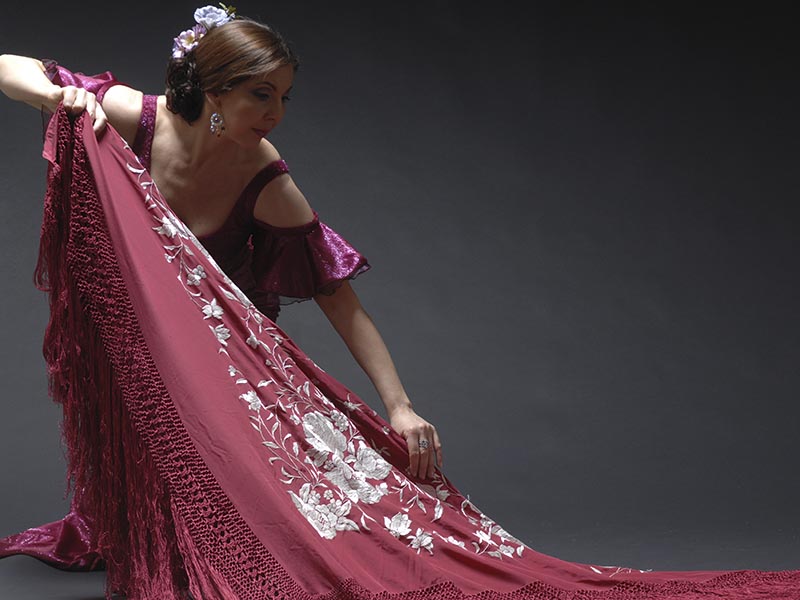
SOLEÁ
One of the oldest palos in flamenco. Soleá is a 12 beat slow rhythm that transmits seriousness. Other styles of Soleá are, Soleá de Triana, Soleá de Cádiz, Soleá de Jerez, Soleá de Alcalá, Soleá de Utrera, Soleá de Cordoba, Soleá Apolá, etc. Other palos that have the 12 beat rhythm is Alegrías and Bulerías

TIENTOS
A Flamenco palo that belongs to the Tangos family, although its rhythm is slower. Its singing moves away from the festive atmosphere of Tangos and immerses itself in a slightly deeper mood.
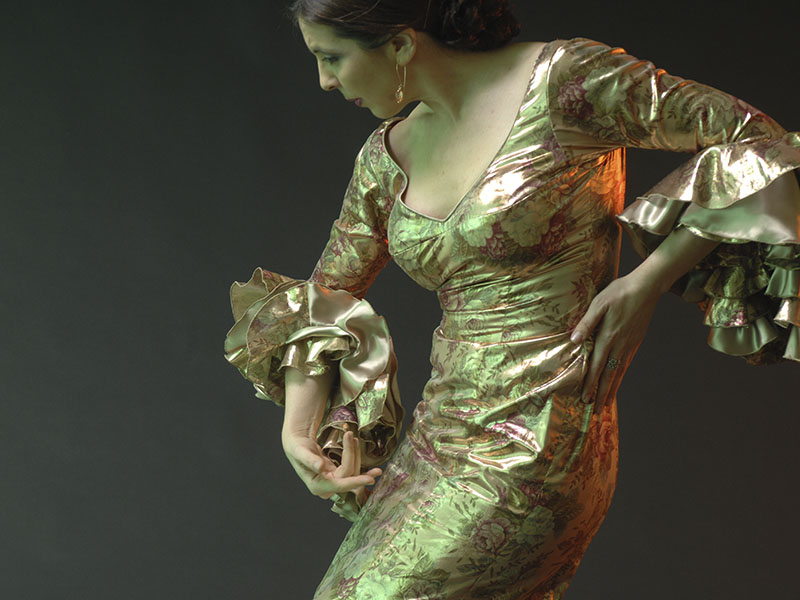
BULERÍAS
Bulería is the most typical palo of Jerez de la Frontera. It is a bustling, festive and cheerful palo with a fast and lively rhythm.
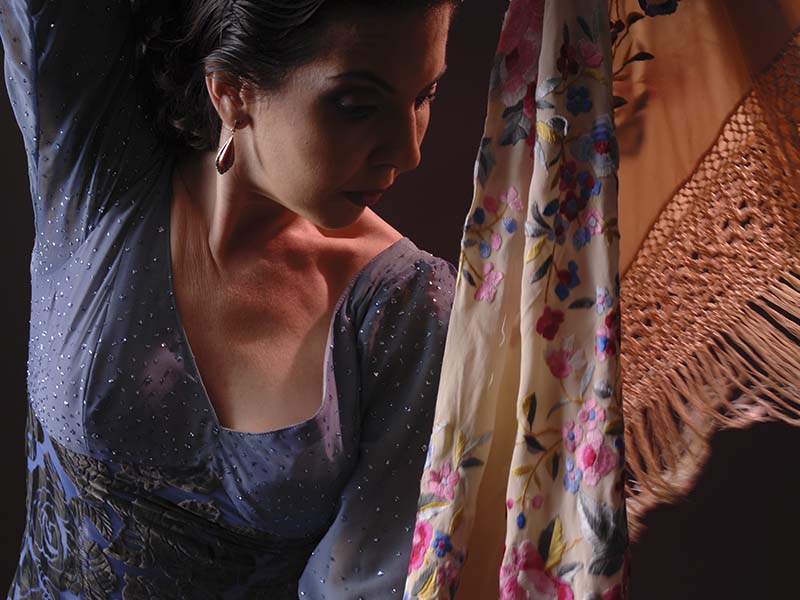
TARANTO
A Flamenco palo from Almeria. Taranto derives of the palo Taranta. The difference between them is that Taranto has rhythm. Both palos come from the mines and are called “cantes de las minas” (songs of the mines). Taranto is a serious and difficult palo, both as a song and as a dance
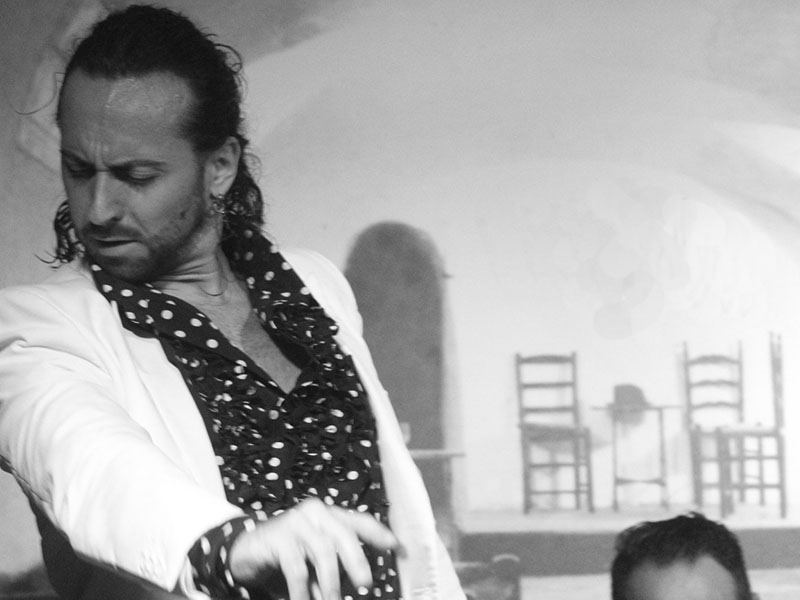
SOLEÁ POR BULERÍAS
Also called Bulería por Soleá. Other styles that derived from Soleá por Bulería are Romances, Alboreás, Bamberas and Jaleos. The accents and rhythm of this palo are short and pronounced.
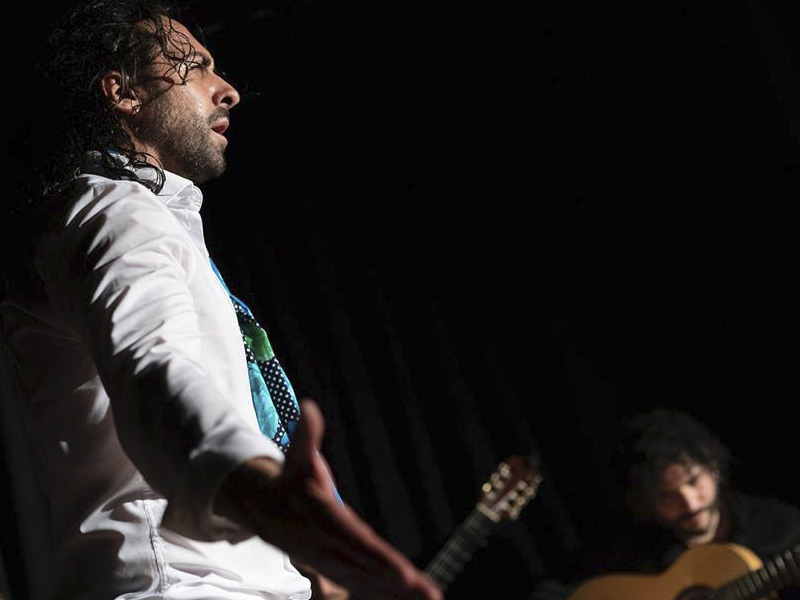
MARTINETE
This palo is related in melody with Seguiriyas. It is a song that is originated from the forge. Feel as the blacksmiths worked and sang Tonás, Deblas, Serranas…
